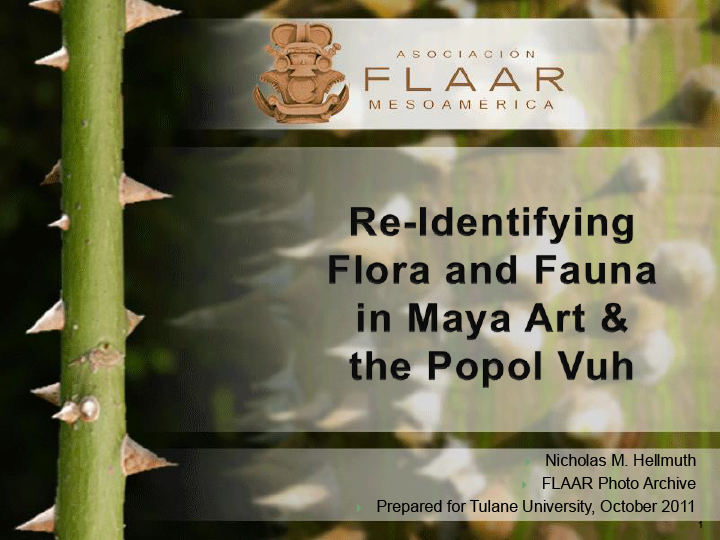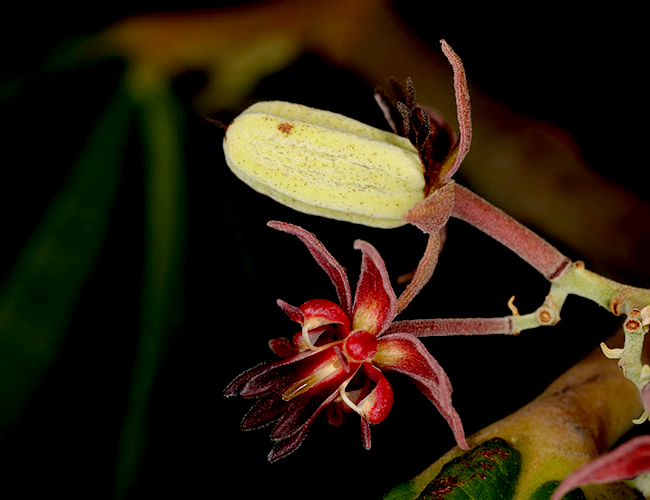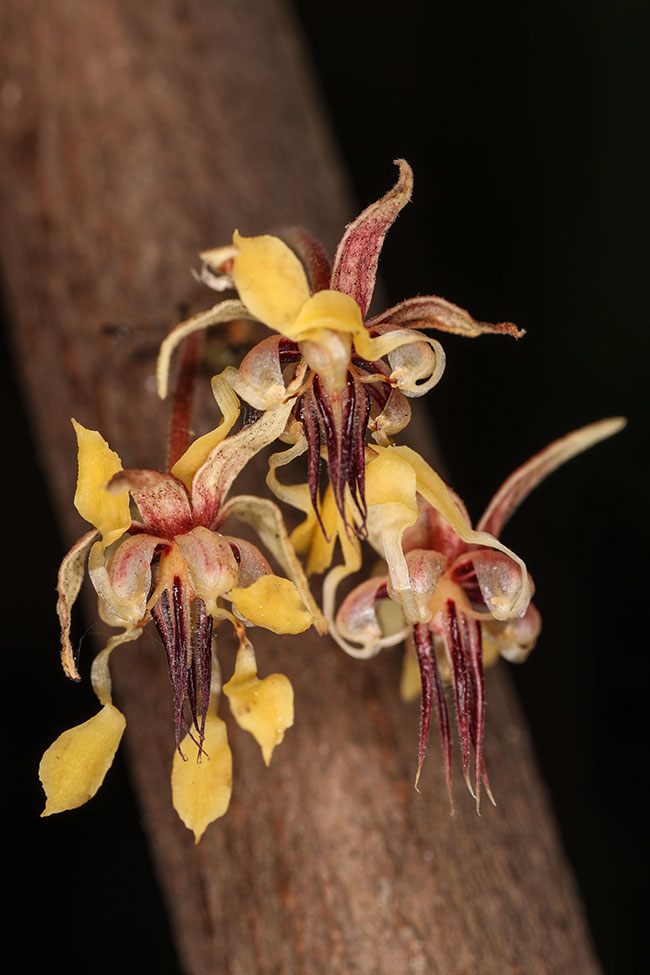The cacao empire 2000 years ago really rose during Teotihuacan presence
Cacao was much more than a treasure of the Aztec empire. Cacao is grown in many more areas of the Mayan-speaking lands than just Soconusco and the adjacent Costa Sur in Guatemala. Actually Soconusco and the Costa Sur were visited by so many trade caravans from the Olmecs from 1000 BC to the Aztec just before the Spanish conquest, that these cacao areas were probably multi-lingual.
The first real “cacao empire” was that of the Teotihuacanos whose presence throughout much (but not all) of the Costa Sur was studiously avoided being mentioned for decades. The FLAAR Report in 1975 (The Escuintla Hoards) stood as a lone pillar of reality for many years. However still today most books and articles focus on Kaminaljuyu as the focus of Teotihuacan interaction in Guatemala. Yes, that was obviously an important “regional capital” of Teotihuacan power and commerce, but paled in comparison to the extend of land influenced by the Teotihuacan merchants, priests, and warriors of the 3rd through 5th or 6th centuries.
The Olmecs, pre-Olmecs, and post-Olmec (proto-Maya) merchants also impacted the Costa Sur. The presence of pure Olmec portable figurines from the Costa Sur is remarkable. And of course comparable portable Olmec jadeite and figurines from other materials have been found throughout Mesoamerica, even in Aztec caches 2000 years after the Olmec civilization.
Today most cocoa and chocolate which are sold and consumed around the world is grown in Africa. But the origin of cacao as a beverage is Mexico, Guatemala, Belize, Honduras, and El Salvador. The actual plant species seems to have come from South America, but Theobroma of minimally three species was in Mesoamerica millennia before the Spanish arrived. It is sad to see so many copy-and-paste web sites which say that cacao comes from South America. In South America the variety of cacao and cacao-like pods were used for their white pulp which surrounds the seeds. The chocolate beverage that was consumed throughout the New World is from Mesoamerica, not from the Inca or Moche or the other impressive civilizations of South America.
Once said, my primary interest today is to identify how many species of trees were sources of cacao for the Maya, Aztec and their neighbors in Oaxaca and dozens of other areas. And even more, my research goal is to study, learn about, and publish about the several dozen herbs, spices, flowers, and other plant parts which were used to flavor cacao drinks for several thousand years.
Most important of all, our #1 goal, is to find each individual pertinent cacao-related plant and cacao flavoring plant, and do high-resolution photographs of fine art giclee quality (since many of these plants are facing being bulldozed, burned out, clear cut from surface mining, and being obliterated by modern plantations of money-making commercial trees which are not native (teak, Brazilian rubber, African palm oil trees are the biggest causes of total destruction of natural eco-systems in Guatemala)).
Glossary on cacao, cocoa, chocolate What is the difference between cacao, cocoa, and chocolate?
cacao: Theobroma cacao is the scientific botanical name of the source of cacao pods and cocoa beans. Theobroma bicolor is a second source of cocoa beans and chocolate.
Theobroma angustifolium is a third source, but botanists have not yet fully identified whether this came from Costa Rica in the times of the Olmec, Teotihuacan, Maya, Toltec or Aztec. Or whether the Spaniards brought Theobroma angustifolium to Guatemala quickly after the conquest. In the 16th-17th centuries the main cacao source in Soconusco of Chiapas, Mexico and Costa Sur of adjacent Guatemala was Theobroma angustifolium. There were thousands of Theobroma angustifolium trees in plantations. But today we found only two individual trees remaining! Today people in the Costa Sur prefer different varieties of Theobroma cacao.
Since the grandfather who still has one of these trees says the cacao drink is very tasty, people who seek an alternative to modern commercial chocolate might like to re-establish Theobroma angustifolium before it disappears.
Chocolate is assumed to come from the Nahuatl language. However linguists and archaeologists argue about precisely which Nahuatl word(s) were the source of this modern spelling (or whether the word chocolate came from a different Mesoamerican source). Either way, to me, chocolate is the final edible product. So I do not see or taste chocolate when I might eat a raw seed of a cacao pod. And the tasty white sap that surrounds all the cacao seeds definitely has no chocolate flavor whatsoever. Nonetheless, the pulp has a great taste and in South America they bred cacao species just for the pulp (the seeds were normally thrown away!).
Cocoa is usually the word used in English instead of the correct, original, botanical name cacao. I tend not to use the word cocoa since it may be confused with coconut or with other plant products. I prefer to use the scientific name cacao. Personally I have always considered that cacao is the raw original bean; and that cocoa is after the bean has been fermented, ground, heated, and processed. I estimate that if you look at a dozen web sites that not all will definite cacao or cocoa the same way.
In the meantime, it would be worthwhile to study whether the Maya, Aztec, Mixtec, and Zapotec (and much earlier Olmec) used raw cacao beans or processed into cocoa.
Dark chocolate became a fad starting several years ago. So naturally I began to buy the SPECIAL DARK kind of HERSHEY’S COCOA. But if you read the label it says that dark includes Dutched cocoa (sic). And the label warns you that such Dutched cocoa has less antioxidants than natural unsweetened variety.
Pataxte and/or balamte’ both are local names for Theobroma bicolor. Pataxte is raised in many parts of Guatemala, many more areas than are listed in monographs and articles on chocolate.
Theobroma cacao: the most common source of cocoa and chocolate.
Theobroma bicolor: pataxte or balamte; can also make cocoa and chocolate but is not often used commercially.
Theobroma angustifolium: a third tree species whose fruit pods produce seeds (beans) from which tasty cacao drinks can be prepared. Theobroma angustifolium existed in Costa Rica in pre-Columbian times, but botanists have not yet clearly stated one way or another whether this species existed in Socunusco before the Spaniards took over the plantations there. Over 90% of books and articles on cacao, cocoa, and/or chocolate do not mention nor express awareness of the existence of Theobroma angustifolium. The FLAAR team has made the effort to find trees, the only two Theobroma angustifolium trees that we have found where once thousands grew in the 16th-17th centuries.
Canon EOS 6D , EF-65mm Macro, f/16, 1/125, ISO 200, 10:24 am, Aug. 09 2016, Frutas del Mundo, Izabal , Erick Flores, FLAAR.
Theobroma bicolor, pataxte flowers with baby cacao pod issuing from the flower at the top.
There are two species of cacao native to Guatemala: pataxte (also called balamte, jaguar tree) and the more common Theobroma cacao.
Canon EOS 6D , EF-65mm Macro, f/16, 1/125, ISO 640, 10:39 am, Jun. 03 2016, Guatemala City , Erick Flores, FLAAR.
Here are just flowers: the cacao pods have not yet started to issue from the center of the flower.
FLAAR raises Theobroma cacao around its office in Guatemala City. Pataxte does not accept the cold at this altitude (1500 meters).
We also visit cacao orchards around the country to do close-up photography of the remarkable flowers.
Since there are two species of Mayan chocolate plants, the flowers of each cacao species are a distinct different color.
Updated Feb. 19, 2018. Posted late November 2016.
















































































